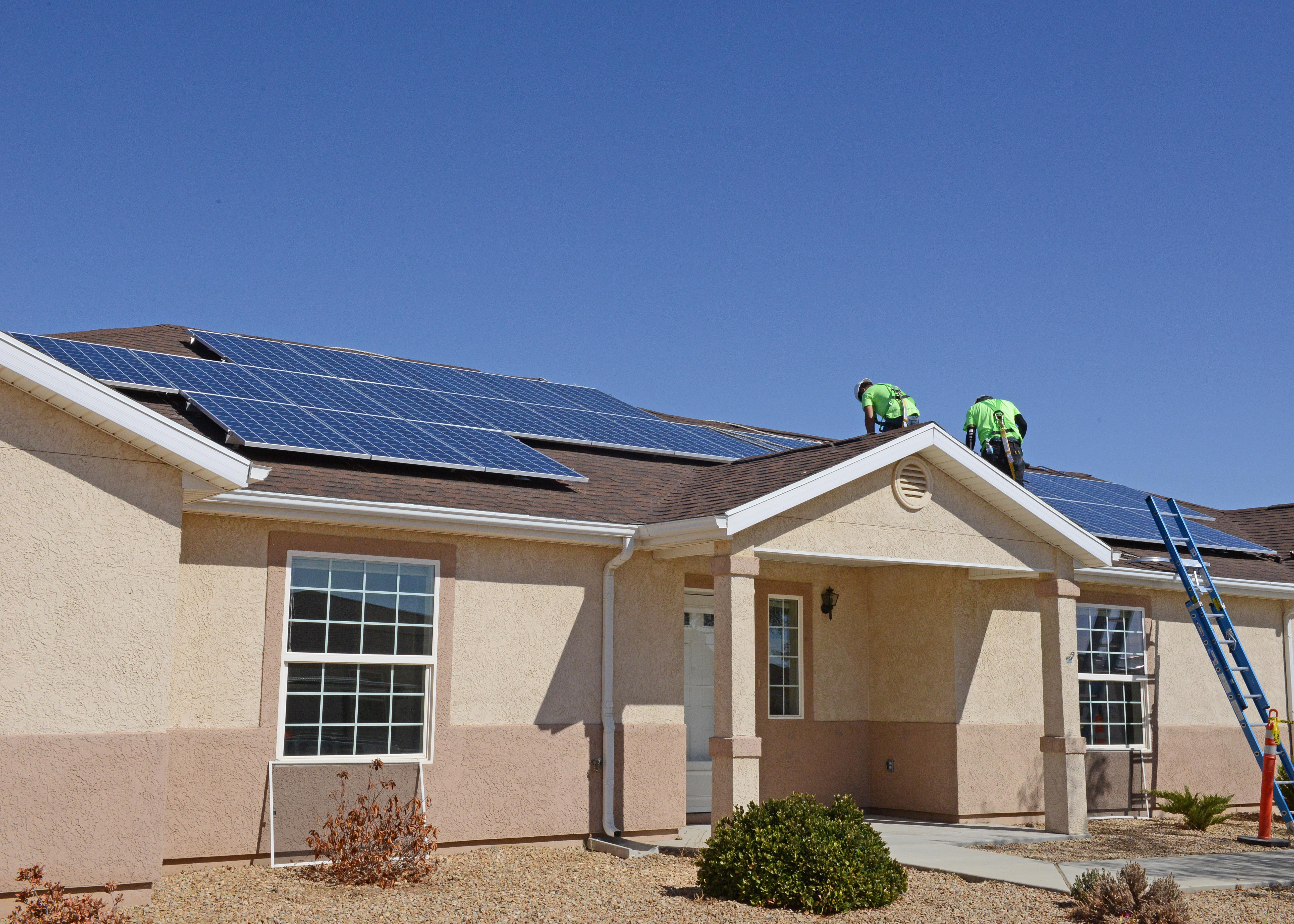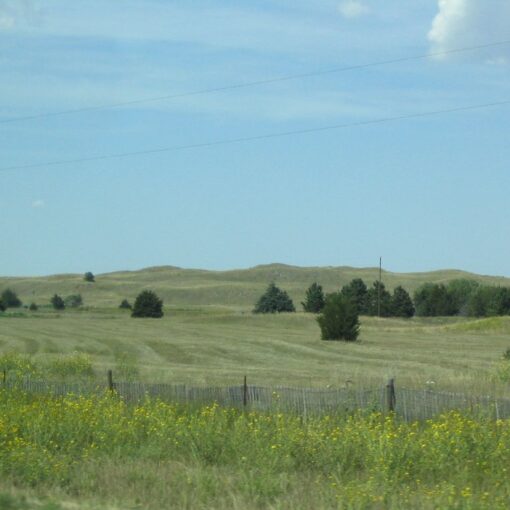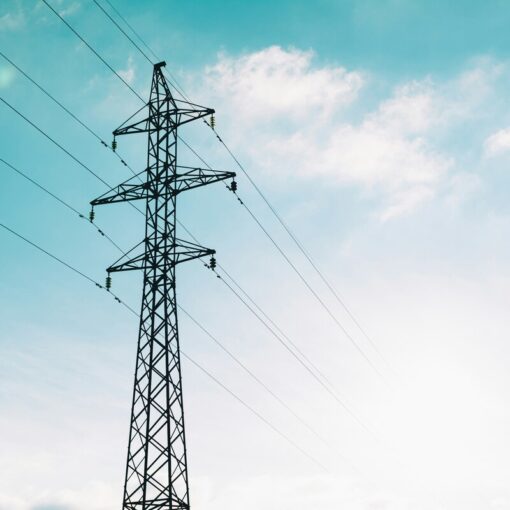By Romany Webb and Justin Gundlach

On February 15, the Federal Energy Regulatory Commission (FERC) announced that it would convene a technical conference to explore issues relating to the wholesale market participation of distributed energy resources (DERs). These resources, which consist of solar panels and other small-scale energy systems installed on or near customers’ premises, account for a sizable share of electricity generation in many areas. They have the potential to displace conventional generating facilities (e.g., fossil fuel power plants) and, in the words of FERC Commissioner Richard Glick, “provid[e]
. . . services efficiently and cost effectively while also improving the reliability and resilience of the bulk power system.”
Despite their potential benefits, DERs currently play a limited role in wholesale energy markets operated by FERC-regulated independent system operators (ISOs) and regional transmission organizations (RTOs). Current wholesale market rules, which were developed with conventional generators in mind, often impose participation requirements that DERs cannot meet, such as minimum size thresholds. FERC is, therefore, considering requiring ISO/RTOs to allow DERs to participate on an aggregated basis. Under this approach, the operations of numerous individual DERs would be coordinated, such that one request or instruction from the ISO/RTO would prompt a coordinated response from the entire group of DERs. While that may sound simple enough, actually doing it will be extremely complex, requiring the untangling of a mess of regulatory and other barriers. We explore those barriers in a forthcoming Sabin Center working paper, which examines how DER aggregation has fared under the California ISO (CAISO), the only market operator to allow it thus far.
Understanding what FERC and CAISO are up to requires first recognizing why DER aggregation seems to be a good idea. Consider that the average distributed solar PV installation in California has just over 7 kilowatts (kW) of capacity. In comparison, the capacity of the state’s natural gas-fired power plants ranges from 150 to 2800 megawatts (MW), with an average capacity of about 750 MW or 750,000 kW. Even though there are more than 150,000 owners of distributed solar panels in the state (i.e., enough to accumulate the same nameplate capacity as an average gas-fired plant), grid operators cannot cost-effectively integrate services from that many entities by communicating with them all directly. That’s where aggregators come in, helping to coordinate individual DERs. Without that coordination, and a variety of other changes to existing systems and markets, it will not be technically or economically possible for DERs to compete with power plants in the wholesale market.
CAISO recognized this early on and, in June 2016, began allowing DER aggregations to participate in wholesale markets for energy and ancillary services. So far, however, CAISO’s DER aggregation program has attracted just four participants, none of which are yet operating in the wholesale market. Our paper identifies the hurdles currently confronting participants in CAISO’s program, which are sure to confront similar efforts elsewhere. The paper draws on written comments submitted to CAISO in the course of program development and on interviews we conducted with stakeholders to identify barriers to program participation.
The barriers we identify fall into three categories, but also interact in ways that make it impossible to address all but a few of them in isolation:
- regulatory barriers, which arise from the structure of CAISO’s DER program and, in particular, its application of requirements developed for conventional generators (legacy requirements) to DER aggregations;
- economic barriers, which limit the revenues potentially available to DERs through participation in CAISO’s wholesale markets, while also making higher revenues available through other channels (e.g., retail-level programs);
- technical barriers, which consist of technological and operational gaps that prevent full utilization of DERs, such as inadequate metering systems.
Having identified key barriers, we suggest lessons that other ISO/RTOs and FERC can learn from CAISO’s experience. For example, the need to examine and possibly modify legacy regulatory requirements is unavoidable in our view, though CAISO appears not to have done it. CAISO also does not appear to have examined whether other program requirements are necessary, even though some impose burdensome costs or revenue limits on DERs
CAISO’s experience also highlights the jurisdictional issues—both legal and practical—associated with integrating DERs into wholesale markets. Because DERs’ operations span both the bulk power system and the local distribution grid, ISO/RTOs will need to engage in ongoing collaboration with distribution utilities and the state bodies that regulate them. Without that sort of collaboration, wholesale and retail market operators will struggle to resolve questions about who should pay, for what, and when, and will find it difficult—or impossible—to agree about how to provide each other with adequate visibility into their respective operations for the purpose of maintaining system balance cost-effectively.
FERC’s upcoming technical conference provides an excellent opportunity to begin to address these and other challenges. Given the marginal economics of wholesale market participation by DERs, and the resulting fragility of nascent business models for aggregated DER participation in wholesale markets, further development of CAISO’s approach will be indispensable.
The Sabin Center’s working paper on DER participation in CAISO markets is currently undergoing peer review and will be published in Spring 2018.
Romany Webb is a Research Scholar at Columbia Law School, Adjunct Associate Professor of Climate at Columbia Climate School, and Deputy Director of the Sabin Center for Climate Change Law.





